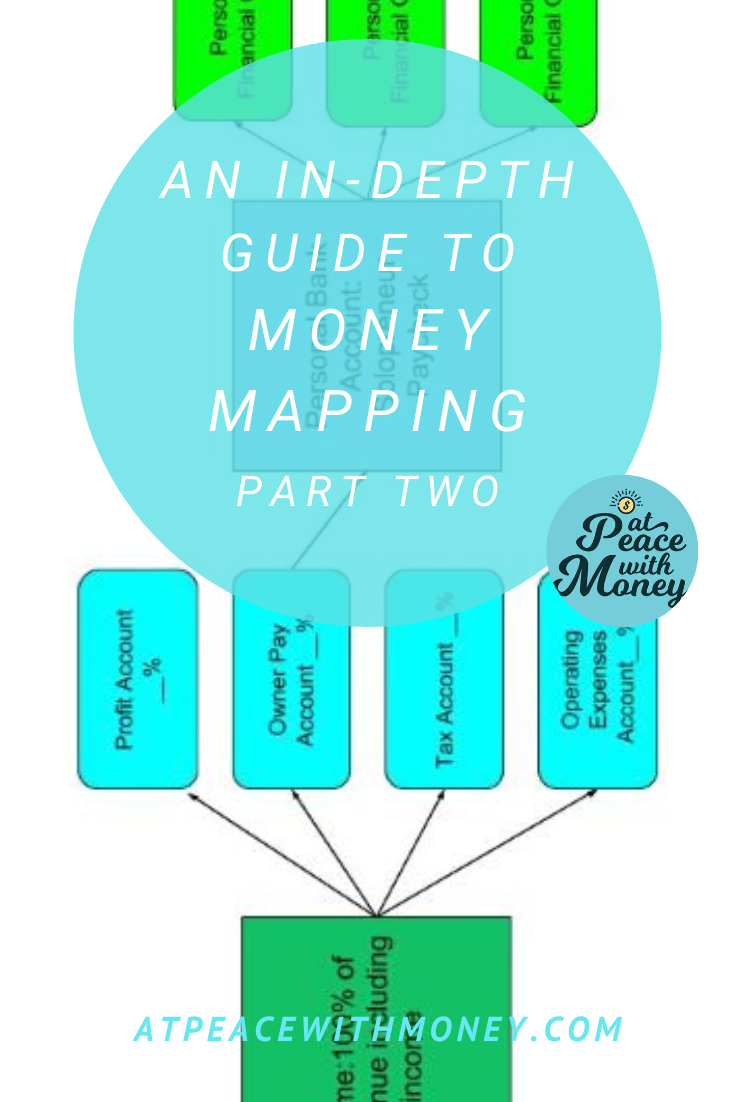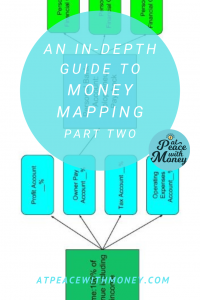Is Your Business Serving Your Life, Or the Other Way Around?

As a business owner, it can be tough to make sure you don’t get caught up in the hustle all the time. I’ve worked with many business owners whose businesses were definitely the main center of their time and attention, but who weren’t really getting their needs met that way. This is really unfortunate to see, yet so common. Today, I’m going to walk through an exercise you can use to evaluate whether your business is serving your life, or the other way around, and then suggest some next steps. Let’s dive in:
Reflect
To evaluate whether your business is serving your life, or the other way around, there are many different questions you can ask yourself. I recommend setting aside at least 20 minutes to reflect on a few of these questions. Pick whichever call to you:
- How are my needs being met by my business?
- What is my primary emotion while performing business tasks, and why?
- What needs are being fulfilled by my business? Which are not?
- Do I gain anything by running my business? Do I miss out on anything?
- Is there balance in my life between all the different roles I play (ie. business owner, friend, partner, etc.)? Which role do I spend the most time in?
- What are my goals in life? Is my business helping me get closer to reaching them?
Re-evaluate
Once you’ve sat with those questions, you will have a clearer idea on where your business might be running your life. Balance between your business and other parts of your life might be out of whack, or maybe you simply aren’t getting paid enough. Now that you’ve acknowledged the issue at hand, it’s time to re-evaluate. Ask yourself, “How can I re-orient my business so it serves my life?” Start thinking about and researching new strategies you can use to close the gaps between your needs and what your business is providing.
 A couple pointers for inspiration: if you feel like you’re not getting paid enough, check out my article on considering your hourly wage and my article on creating an owner’s paycheck. Another good place to look for solutions is my series on money-mapping.
A couple pointers for inspiration: if you feel like you’re not getting paid enough, check out my article on considering your hourly wage and my article on creating an owner’s paycheck. Another good place to look for solutions is my series on money-mapping.
Take Action
After you’ve researched and thought through strategies, it’s time to take action! Your business doesn’t need to run your life. Acting decisively to end this cycle will only help you. Whether it’s opening a separate account or deciding on a day every week where you look at your numbers, any action you take is a step in the right direction. If you work well with an accountability partner, you might enjoy my profitability coaching services. Feel free to schedule a call with me to see if we’d be a good fit.
Angela






 The Function of Profit
The Function of Profit